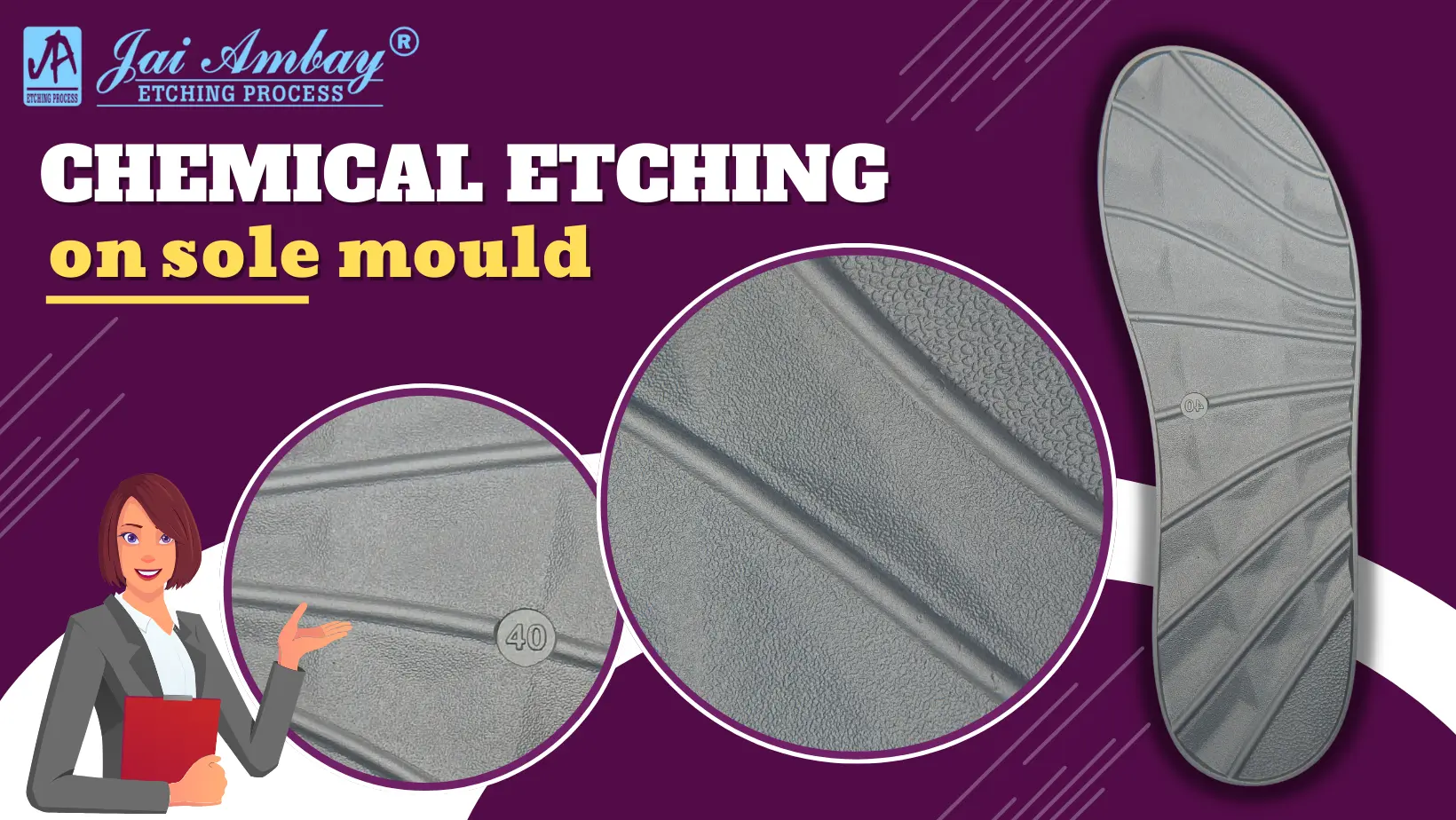Chemical Etching on Chair Backrest Moulds
This process is applied in many industries to create intricate designs and patterns on metal surfaces. One of the applications of chemical etching is on chair backrest molds. This engraving method has been widely employed in furniture manufacturing by enhancing the aesthetic value and functionality of chairs. In this blog, we will delve into how chemical etching works and why it is so valuable for designing chair backrests.
What is Chemical Etching?
This subtractive manufacturing process involves etching material off the surface of an object to make a design or pattern. In other words, chemical solutions dissolve a specific part of the metal surface. A mask or stencil is applied for those areas that should not be etched. Thus, it can produce precise designs which would otherwise be difficult to get from a conventional engraving method.
Why Chemical Etching on Chair Backrest Moulds?
The chair backrests are not merely that which supports the back; they can contribute to designs and become very important parts of a chair. Adding patterns or textures to the backrest mold will make the chair more visually and comfortably appealing to use. Here are some reasons why chemical etching is ideal for this purpose:
High Precision: Chemical etching can now make intricate patterns and designs with extreme accuracy, thereby helping the manufacturers create intricate designs that increase the aesthetic value of the chair.
Easy-to-Change Designs: Manufactures can easily change their designs without changing the actual mould. The pattern changes simply by changing the stencil.
Durability: The design patterns and textures created from chemical etching are made into the mould itself. This means that the pattern will never wear off due to reuse of the mold.
It is cheaper as compared to laser engraving or other mechanical cutting for mass productions.
How does Chemical Etching Work on Chair Moulds?
There are the steps involved in the chemical etching process for chair backrest molds:
- Design Preparation: A detailed design or pattern is created using computer software, then transferred to a stencil or mask.
- Masking: The stencil applied to the mould surface will leave some areas unpainted during the etching process.
- Etching: A chemical solution, which can be an acid, is applied to the exposed areas of the metal mold. The solution dissolves the metal, and the pattern or texture desired is obtained.
- Cleaning: After etching, the mold is cleaned very well to remove the chemical solution and mask material.
- Finishing: Finally, the etched mold is polished and checked for the quality of the design.
Applications in Furniture Manufacturing
Etched chair backrest molds used to create chairs that are uniquely beautiful, trendy, and marketed in the home, offices, restaurants, and hotels. Textures via chemical etching can enhance comfort by creating a non-slip surface or better air circulation.
Conclusion
Chemical etching is the most valuable technique for making fine, long-lasting designs on chair backrest moulds. It incorporates precision, customization, and economy together, hence preferred by furniture manufacturers. With chemical etching, chairs can be made that not only prove functional but also style and comfort are included with it, where this novel process is continually modifying the design and manufacturing of modern furniture.


